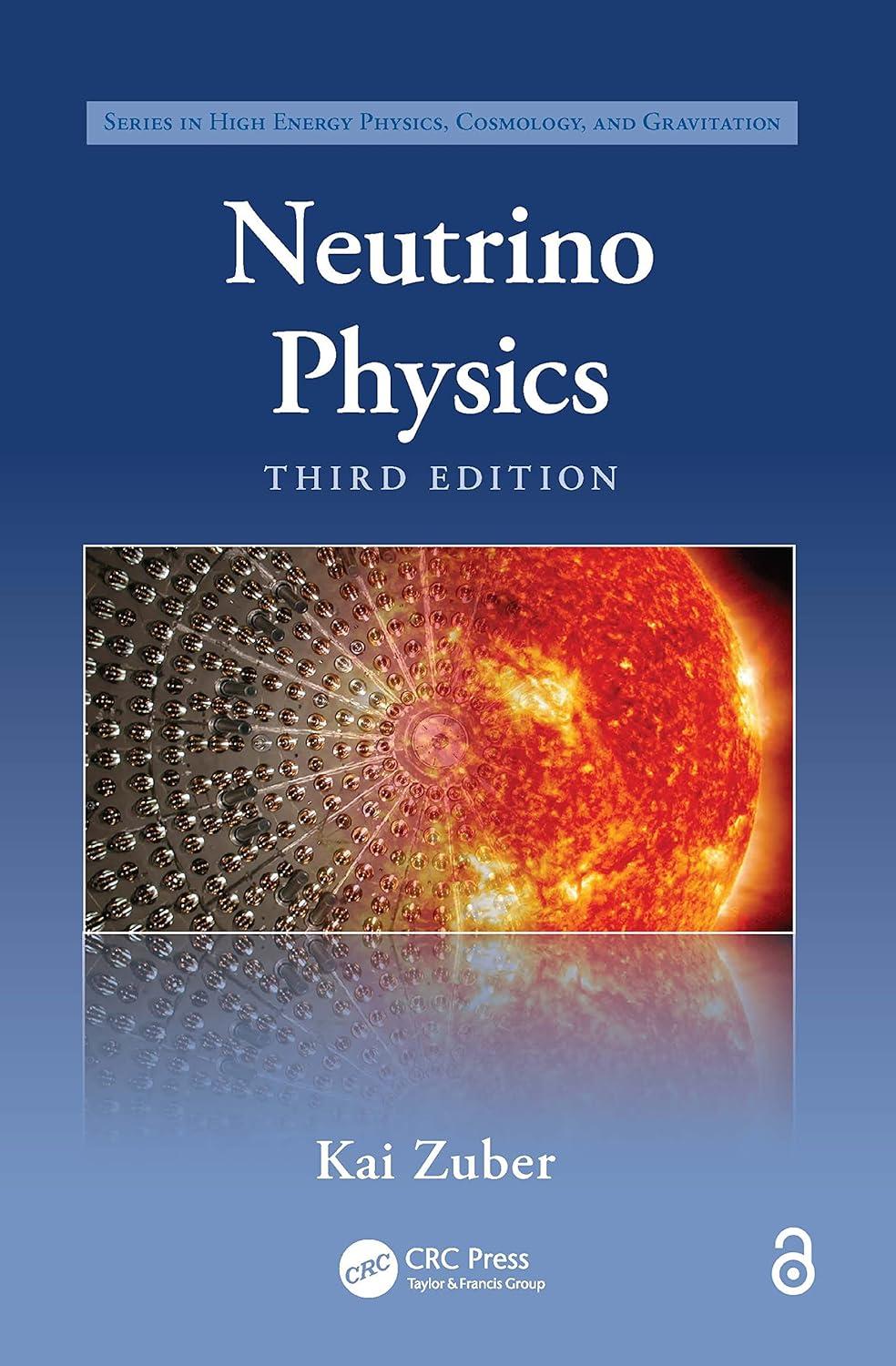2:45 4 all LTE (33 d Classroom 15. Mass m and mass 2m are on a frictionless horizontal surface. They are connected via string with tension T1. Mass 2m is attached to a string that goes over a pulley of negligible mass to a hanging mass of mass m (T2). Which of the following best describes tensions T1 and T2? A) T1 = T; B] Tl T2 D) Can be greater, less than or equal to, depending on the initial velocity 16. A string is wrapped many times around a disk [like a yo-yo] and it begins at rest on a oor with a coefcient of static friction of its = 0.8 between the disk and the oor. A person pulls up on the string with tension force T that is less than the weight of the disk. Which of the following best describes the net torque I on the disk at the instant shown? Q A. . as A) r*us*[mg-T] B] r*T C) less than r*T D) greater than r*T Experllnent 1 Walsh! 2 17. Two experiments are conducted with a block of mass m. in each experiment the block is pressed against a spring of constant k. the spring compresses a distance x from its rest position. The block is released from rest and the spring pushes it uphill along the surface of a ramp. In experiment 1, there is kinetic friction between the block and the incline and the block reaches a maximum height ofh1.ln case 2, the incline is frictionless and the block reaches a height h2. Which of the following is an appropriate equation regarding M and h2? A) h1 = h; - ucos'd, B] mg(h2-h.] = 1/2kx2 C] mg(hz - h]]= pmgcos S. M. nxoxo dA- -Ja D] \"'2 ' hi]: [dz ' d1) 18. A mass-spring system consists of mass m and spring ofconstant k. The mass oscillates with amplitude = 2x as shown in the gure. The magnitude of the mass's acceleration at point p is most nearly: A) [or2 B] kx/m C) V; kx2 D] kxz/Zm '19. Identical springs of constant k are used to hang various masses as shown in the gure. The masses are carefully placed at their respective equilibrium positions (x1. x2 and x3 for systems A, B and C) and released from rest. Which of the following correctly ranks the total mechanical energy of the Earth-spring(s)-mass(es) systems? In: ' I C A) E,' > EB > EC 8] EA







